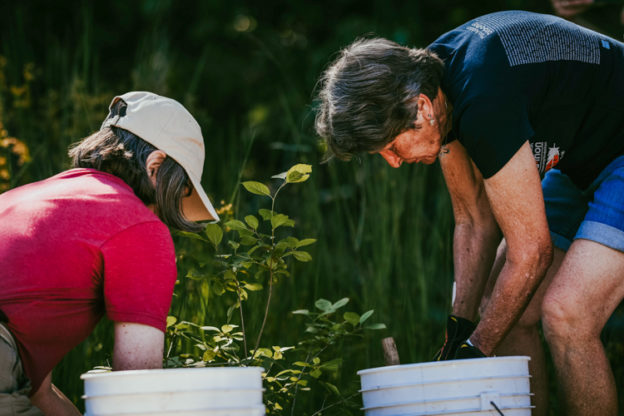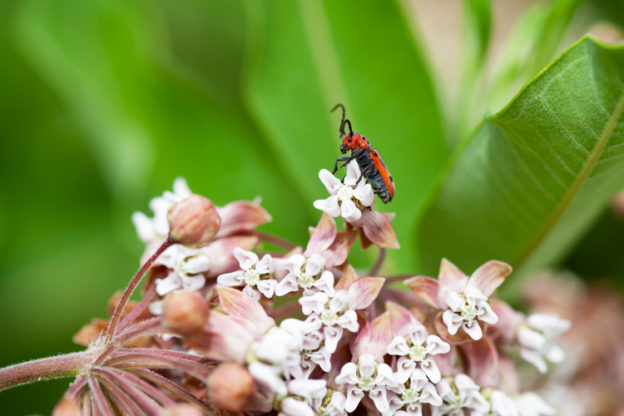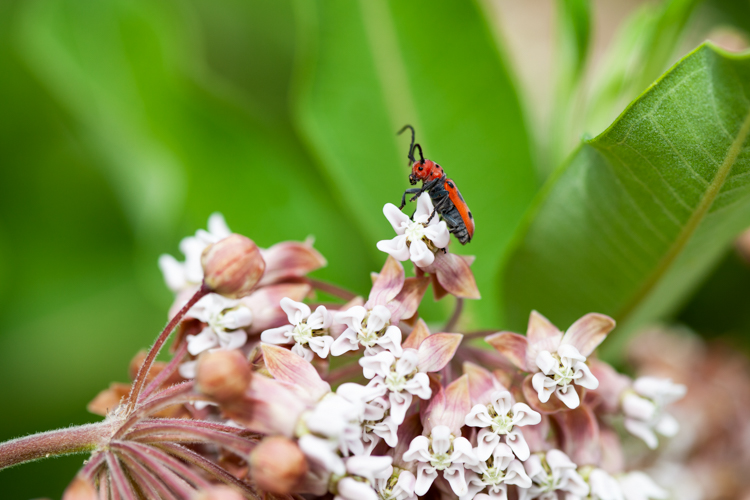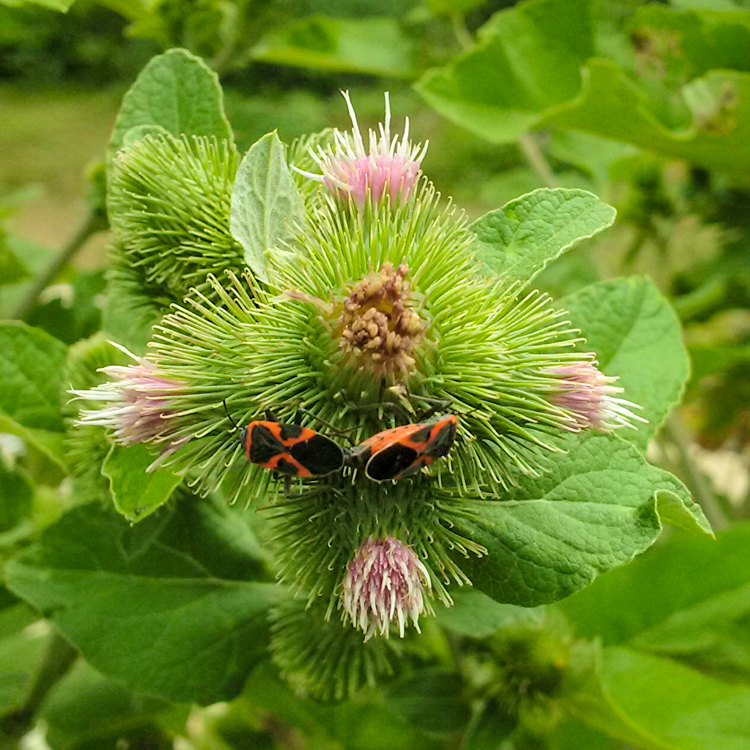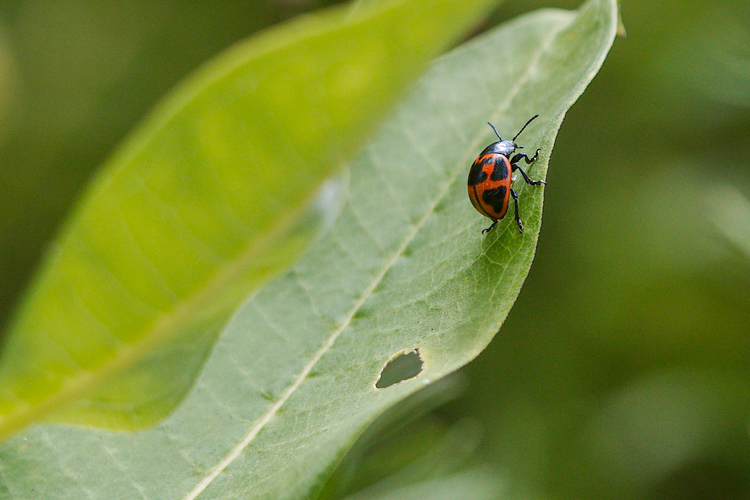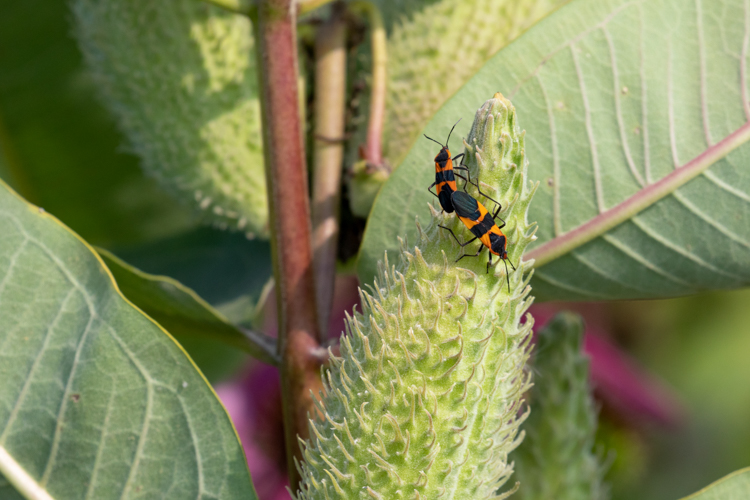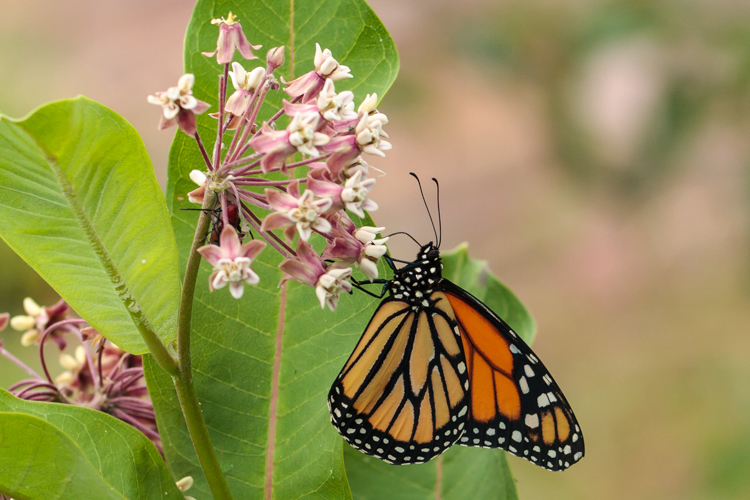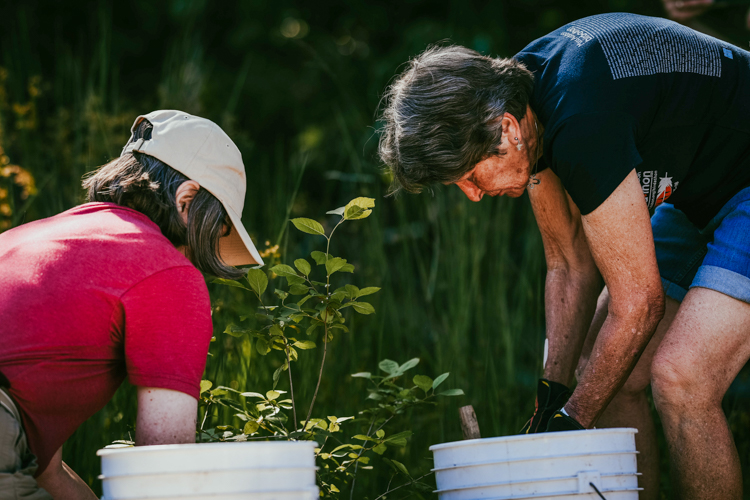
Volunteering is second nature to me. Growing up in Rehoboth, MA, during the 1940s and 1950s, we always chipped in to help friends and neighbors. What’s more, my brother, sister, and I were more often to be found outside working the garden or roaming the woods than inside.
When I retired and settled in Plymouth in 2014, I knew I had to get involved with organizations where I’d be able to work with people and be outside as much as possible. Having become quite the bird enthusiast over the past 15–20 years, I attended a meeting of the community’s “Birdbrains” group and heard about a cranberry farm nearby that was being restored to the land’s original, natural state.
On a tour of the future wildlife sanctuary, I learned from Tidmarsh Farm’s owners, Glorianna Davenport and Evan Schulman, about their plan for the property, and I was fascinated by all the scientific work that was being done by several local universities to support this endeavor. I followed their progress closely and visited the property often, volunteering to clear invasive plants as the restoration took shape. I eagerly looked for herring once the dams were removed and they were finally able to travel from the ocean to Bartlett Pond to spawn for the first time in over a century.
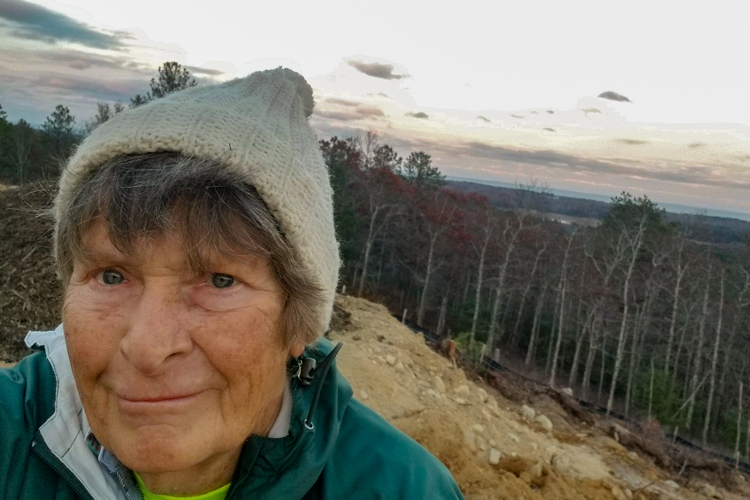
Once Mass Audubon purchased the property and hired staff to manage and provide public programs, I’ve been volunteering whenever opportunities arise, including working with Plymouth public school students in some of the early summer programs. I’ve also continued participating in the Herring Count each year—in 2020, we were able to take advantage of the scientific equipment installed throughout the property and watch via computer for herring to pass through a section of the stream on their way to spawn.
I have loved monitoring trails, especially during the pandemic. I enjoy talking with people and explaining what’s been happening on the site, especially during the past year and a half as the dams have been removed and the vision for Tidmarsh is really beginning to take shape. Planting trees in the area that was once a dam pond—one of the last to be removed—brought me back to my childhood working in our garden, digging up rocks to make room for new plants. I am looking forward to more and varied volunteer opportunities at Tidmarsh and at other sanctuaries with Mass Audubon Southeast.
Lisa’s Story
Jan’s volunteer partner, Lisa Meeks, has her own story to tell about why she volunteers at Tidmarsh—read about it here.
In Your Words is a regular feature of Mass Audubon’s Explore member newsletter. Each issue, a Mass Audubon member, volunteer, staff member, or supporter shares their story—why Mass Audubon and protecting the nature of Massachusetts matters to them. If you have a story to share about your connection to Mass Audubon, email [email protected] to be considered for In Your Words in a future issue!


